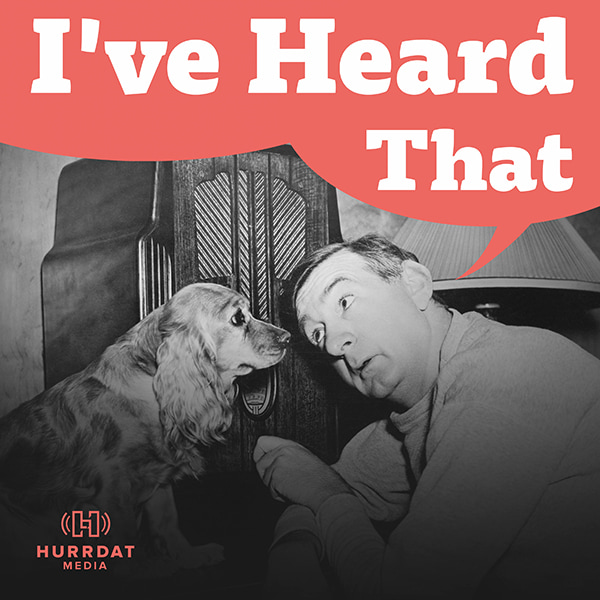
I've Heard That
A podcast featuring digital marketing experts from Hurrdat Marketing discussing current digital marketing trends, notable changes in the digital marketing industry, common issues/questions from digital marketing clients, how digital marketing impacts various day-to-day interactions with the web, etc.
Episodes
Follow I've Heard That on Social Media!
Keep up with I've Heard That across social media. Find out when new shows are coming up, find past episodes, and more!
Be a Guest on Our Podcast!
Do you have a great story to tell and would like to be featured on an episode of our podcast? Let us know!

